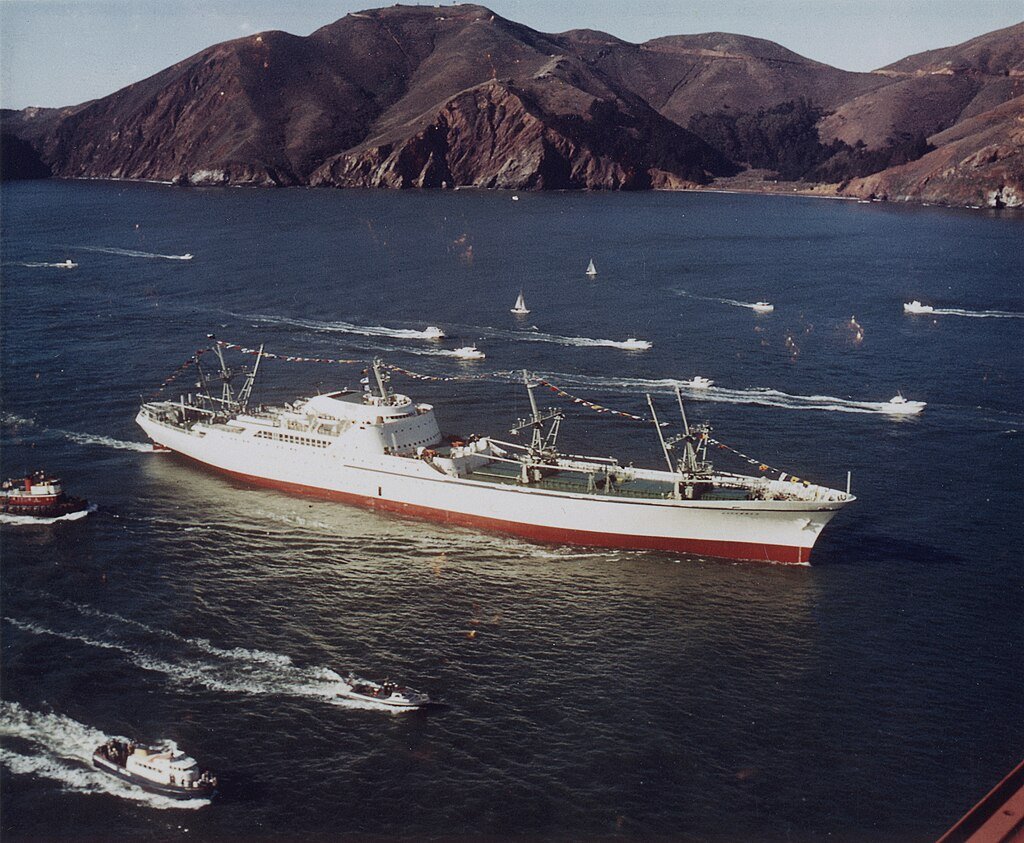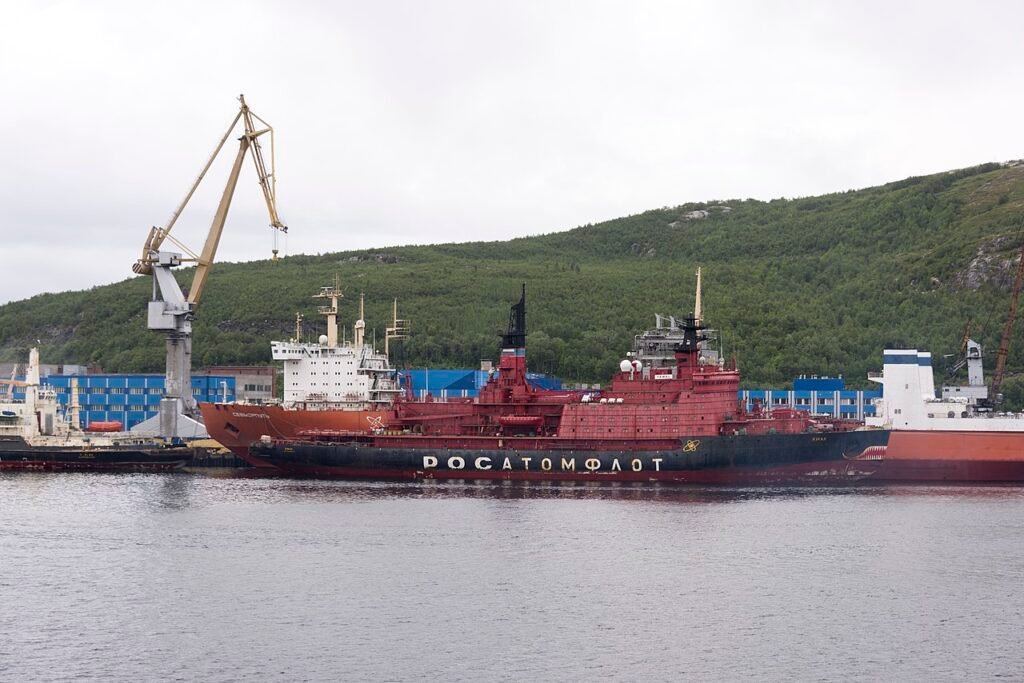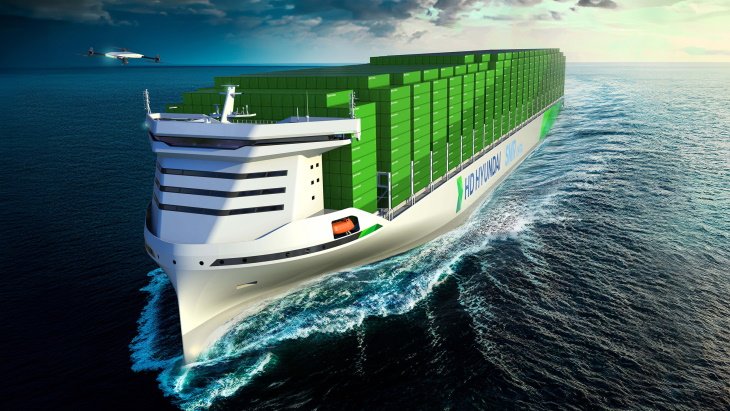In 1959, the United States launched the NS Savannah, the first nuclear passenger-cargo vessel, followed by Germany’s Otto Hahn in 1964, Japan’s Mutsu in 1969, and the Soviet Union’s Sevmorput in 1986, which remains in operation today. Although these ships proved the technical feasibility of nuclear propulsion, they failed commercially due to high costs, small cargo capacity, limited port access, and strong public opposition, particularly in Japan. Most, including Savannah, Otto Hahn, and Mutsu, were later converted to conventional power or decommissioned, marking the end of the first phase of nuclear-powered commercial shipping.

The idea of nuclear-powered commercial ships, whether tankers, bulk carriers and container ships running on reactors instead of fossil fuels, has started getting serious industry planning now. Some advanced navies have used nuclear propulsion for decades, and over the past 24 months the commercial maritime sector is thinking of how to go about it.

Shipping accounts for roughly 2 to 3% of global CO₂ emissions and faces tightening regulatory and commercial pressure to decarbonize. The Small Modular Reactor (SMR), which is a factory-built, lower-power nuclear reactors designed for easier siting and modular construction has changed the equation by offering scalable power with much lower refuelling frequency than conventional fuels. Over the last two years multiple research programmes, class-society studies and shipowner pilots have surfaced to evaluate SMRs as a propulsion/energy source for merchant vessels.
Currently, there are several concrete developments showing industry commitment to study and prepare for nuclear propulsion in merchant shipping:
- Norway’s NuProShip project completed Phase I research and is continuing into Phase II to evaluate 25–55 MW fourth-generation reactors for merchant ship designs.
- Lloyd’s Register has published guidance and is running regulatory studies with Core Power into nuclear-propelled feeder container vessels and next-generation designs, an industry-first regulatory roadmap.
- Some major commercial players like Maersk and LR are taking part by announcing joint studies exploring the feasibility of nuclear-powered container shipping for certain trades.
- The International Atomic Energy Agency (IAEA) is engaging shipowners and flag states through initiatives such as ATLAS and high-level meetings to consider the regulatory and safety framework needed for civilian maritime reactors.
- Several shipyards and design houses (for example VARD and HD Korea) have publicly shown concepts or proposals for SMR-driven vessel designs.
Obstacles That Could Impact Timeline
The main obstacles that could slow the move towards nuclear propulsion include:
- Regulatory & Legal Framework — Current maritime, port and nuclear laws are geared to conventional fuels and naval nuclear vessels. Shipping needs clear flag state rules, port access arrangements, waste management, and international conventions adapted to civilian marine reactors. Class society roadmaps and IAEA engagement are necessary but will take years to translate into harmonized global rules.
- Port and Coastal Acceptance — Even if a ship is certified, many ports are likely to restrict visits until they have robust safety and emergency response arrangements. Negotiating port access agreements, especially across geopolitically diverse trades, will be a major, time-consuming hurdle.
- Security and Proliferation Concerns — Civilian reactors at sea raise safety/security and potential proliferation issues. International safeguards, physical security measures and insurance frameworks must be developed. Therefore, the IAEA’s role here is key.
- Economics and Financing — Upfront capital costs of SMRs, ship conversion or newbuilds, and novel insurance exposure would make early projects expensive. Total cost of ownership could be attractive on long intercontinental routes, but financiers and insurers will want pilot data. This will cause a slowdown in adoption.
- Waste, Decommissioning and Lifecycle Issues — Management of spent fuel, component disposal and end-of-life ship disposal needs clear, internationally agreed plans. Without that, ports and flag states will resist.

According to Lloyd’s Register in a 2025 report, nuclear propulsion could become technically and commercially feasible for merchant shipping within a decade. This is provided regulatory pathways and port access frameworks are established. However, with the current momentum, the widespread commercial adoption of nuclear propulsion across major trades will most likely take over twenty or more years. And this will depend on economical factors, industrial SMR roll-out and global regulatory harmonization.

Leave a Reply